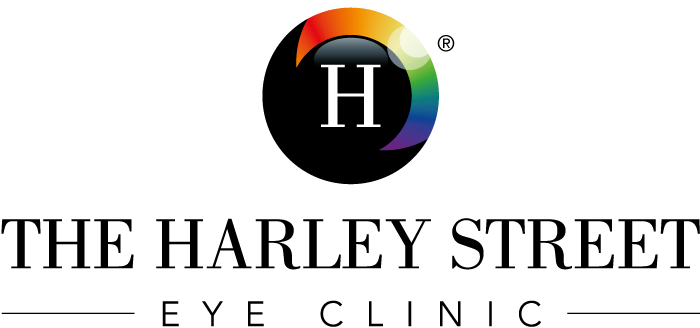Macular hole repair, epiretinal membrane and VMT treatment
A macular hole is a very treatable diagnosis. Macular hole repair involves a keyhole vitrectomy approach removing the jelly that is pulling on the retina/macula. A delicate membrane (the ILM or internal limiting membrane) situated around the hole which keeps it open is peeled away and a bubble of gas is placed on the macula to close the hole. The whole treatment takes approximately 40 minutes under local anaesthesia.
Approximately 98-99% of macular holes are repaired successfully this way. If a patient is seen within a year of the macular hole developing then they gain two to three lines of vision on the eye chart. If the patient is seen within six to eight weeks of development of the hole then the patient can recover 80-90% of their vision and in some cases all of their vision.
With macular hole treatment, the bubble of gas or oil used at the end of vitrectomy surgery to press the retina against the wall of the eye, remains in place for 7-14 days. The patient is postured for two to three days because the macula is at the back of the eye so the patient lies face down causing the bubble to rise to the where the macula is located for approximately half an hour per day.
Epiretinal membranes
Surgery for this condition involves vitrectomy with epiretinal membrane peeling. As it is peeled away, the retina settles back to normal. It might take a few weeks to months to notice the difference. This surgery does not involve gas or oil bubbles, or posturing.
Patients are required to attend three follow-up appointments (at one week, one month and three months) in the period immediately after surgery. At one year they can also be reviewed. In the vast majority, the retina has settled back to its normal position and function will be restored.
Vitreomacular traction (VMT)
New treatment indicates an injection of Jetrea (ocriplasmin). Upon injection of this drug, breakdown of the vitreous jelly occurs meaning that it separates the collagen, releasing the VMT and the macula falls back into place.
Jetrea is a newly approved drug and time will tell whether the drug is as good as claimed by the manufacturers.
As an alternative, vitrectomy with VMT release, which can be conducted to remove the jelly can be very successful and rewarding for the patient. This is the favoured technique for most patients.
Are there any risks associated with surgery?
As with all surgery there are risks. With eye surgery, the infection risk is around one in 1000. Cataract formation due to the bubble of gas used during surgery is also a risk, and for this reason cataract surgery might be required at a later date.
Copyright © The Harley Street Eye Clinic 2019
Find out more
To discuss the cause and treatment of your condition, please call us on the number below.
Monday to Friday 9am – 5pm
0207 060 0086
Any Queries
See our Frequently Asked Questions page.
